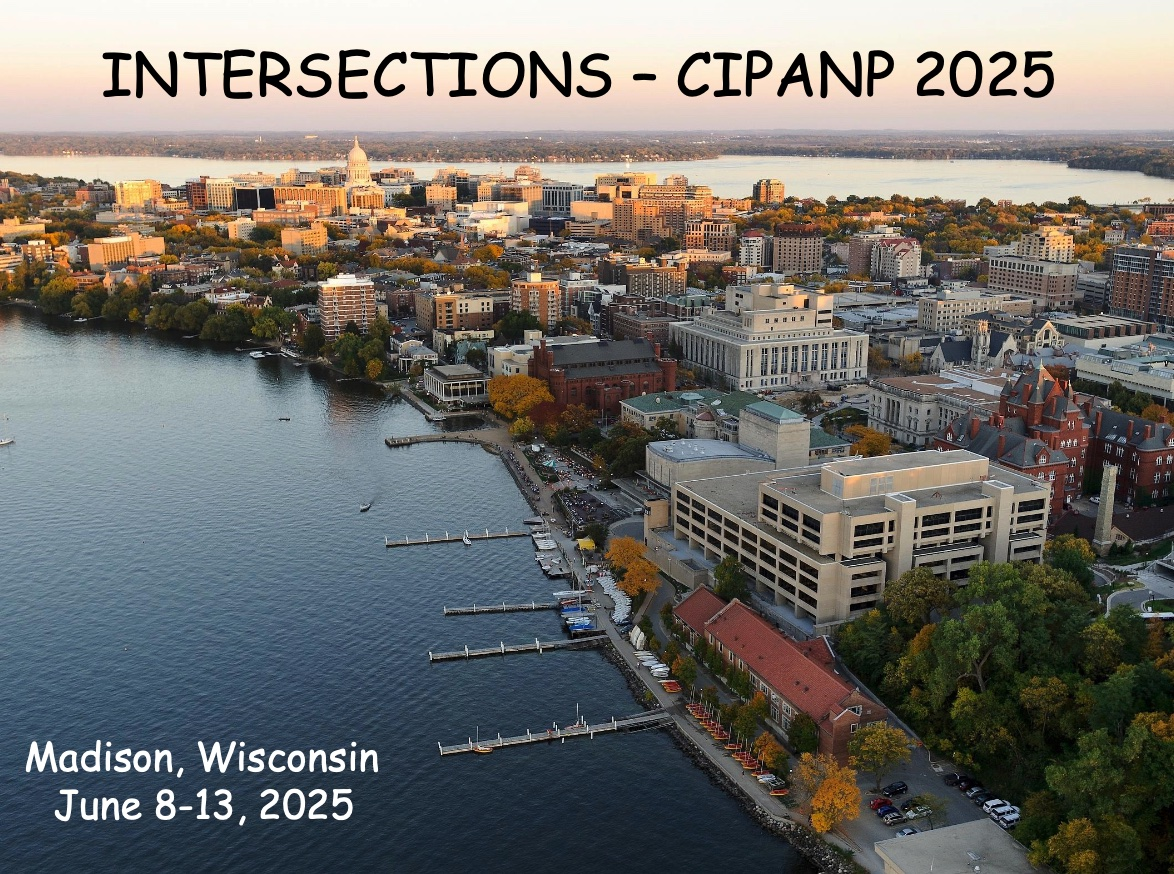Speaker
Description
The fundamental nature of dark matter (DM) so far eludes direct detection experiments, but it has left its imprint in the cosmic large-scale structure. Extracting this information requires accurate modelling of structure formation for different dark matter theories (e.g., axions, interacting DM), careful handling of astrophysical uncertainties and consistent observations in independent cosmological probes. I will review a multi-scale, multi-epoch test of the nature of dark matter combining observations of the cosmic microwave background, galaxy clustering (redshift z < 2), the Lyman-alpha forest (2 < z < 5) and the high-redshift (z > 5) galaxy UV luminosity function from the Hubble and Webb Space Telescopes. I will discuss whether novel dark matter physics improves consistency between cosmic probes in light of claimed parameter tensions under the standard model. I will present prospects for disentangling the nature of dark matter in observations of the galaxy and Milky Way sub-structure distributions in the transformative Vera Rubin Observatory.

